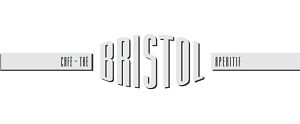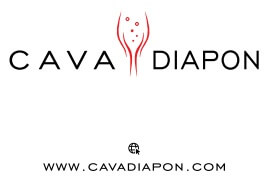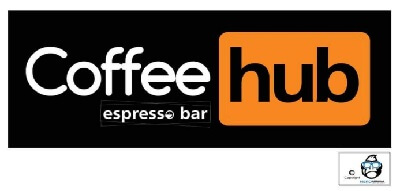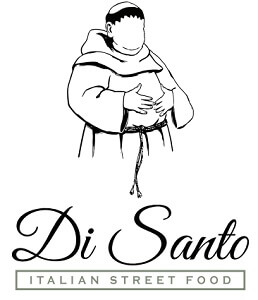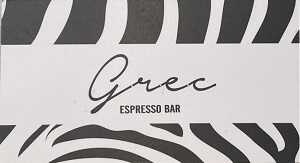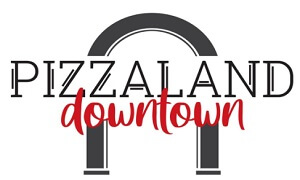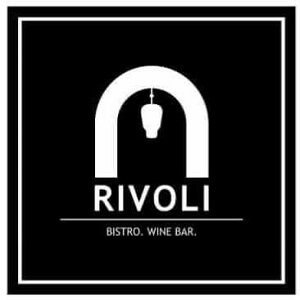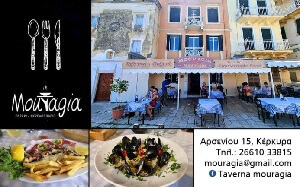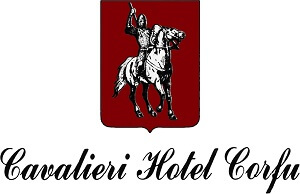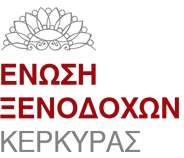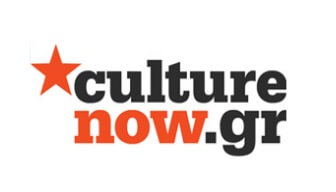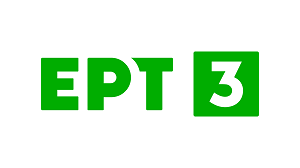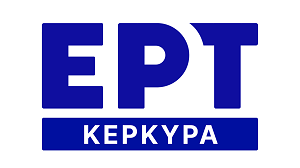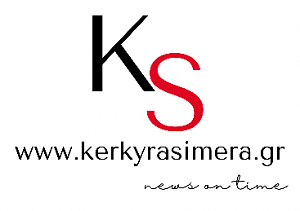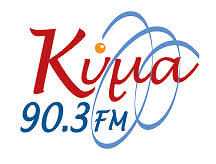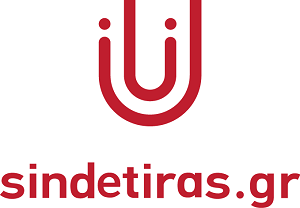This paper presents the idea of designing and portraying a smartphone application, which aims to create an interconnection between the historical city center of a town and the archeological findings accommodated in its museum. The application generates cultural walking paths and displays the archeological museum exhibits in their natural environment, which is the location they were discovered at.
Due to the extended smartphone use over the recent years, new applications are constantly being developed, which aim to facilitate our everyday life, as well as contribute to the acquisition of knowledge and entertainment. In the tourism and culture sector, such applications are especially popular since they are widely used by people interested in heritage and culture. The need for familiarization with history, culture and the city museum, urged creators into designing various different applications of cultural nature. Thus, an interaction between the museum and the city emerges, and at the same time, knowledge about the history and archeology of the town is offered to both citizens and tourists.
With the use of new technologies, such as informatics, telecommunications, Internet of Things (IoT), cities can become more functional. Therefore, a mobile application was designed, which utilizes the archeological findings of the museum and the locations they were found at, in order to promote the city and its museum. The user, during his tour around the city, can -through this application- receive information concerning the museum exhibits that have actually been discovered in points along his route. By using another application’s option, he can also discover what is located in his environment. In other words, he can be informed about excavations in the surrounding area as well as about the museum exhibits that had been discovered in that spot.
As a case study of our proposal we designed a mobile application for the city of Patras, Greece, aiming to establish an interaction with the Archaeological Museum of Patras. The city of Patras cannot be considered as an attractive touristic destination and the Archaeological Museum of Patras does not have many visitors; neither local citizens either tourists. This application targets to engage travellers to the city of Patras, who do not have the opportunity or time availability to visit the museum, as well as local citizens, who have spare time and wander around the city centre, in an outdoor cultural experience learning about the ancient history of the city.
Finally, the application was evaluated through a quantitative survey and received positive overall reviews by the attendants. The participants described it as ‘unique’ and mentioned that they would like to download such an application in their smartphones, concerning their city or/and cities they visit. Most of them mentioned that they would also recommend the application to other users and friends.
In this paper we will focus on the methodology we followed to design our application; a user first design thinking approach. We will present the user personas and the appropriate scenarios we created aiming to map the user experience with our application. We will also present the various outdoor activities a user can experience around the city centre conversing with the museum. Finally, we will highlight the possible benefits of such an application for both the stakeholders, like the city municipality and the city museum, and the users, like local citizens and tourists and travellers. We believe that our proposal may have a great impact as in many cities there is a local museum, whose exhibits can be connected to various locations around the city, enabling fruitful outdoor experiences.
Back
SPONSORS
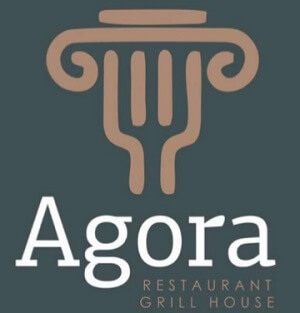 Agora Restaurant Grill House
Agora Restaurant Grill House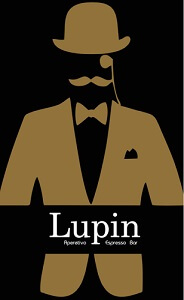 Lupin Aperitivo Espresso Bar
Lupin Aperitivo Espresso Bar

